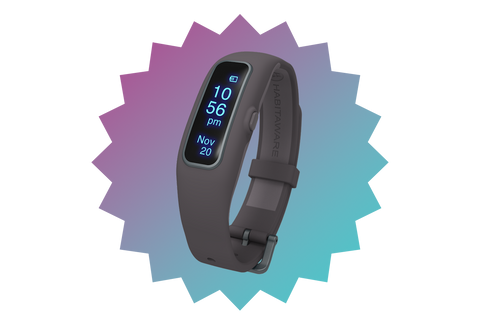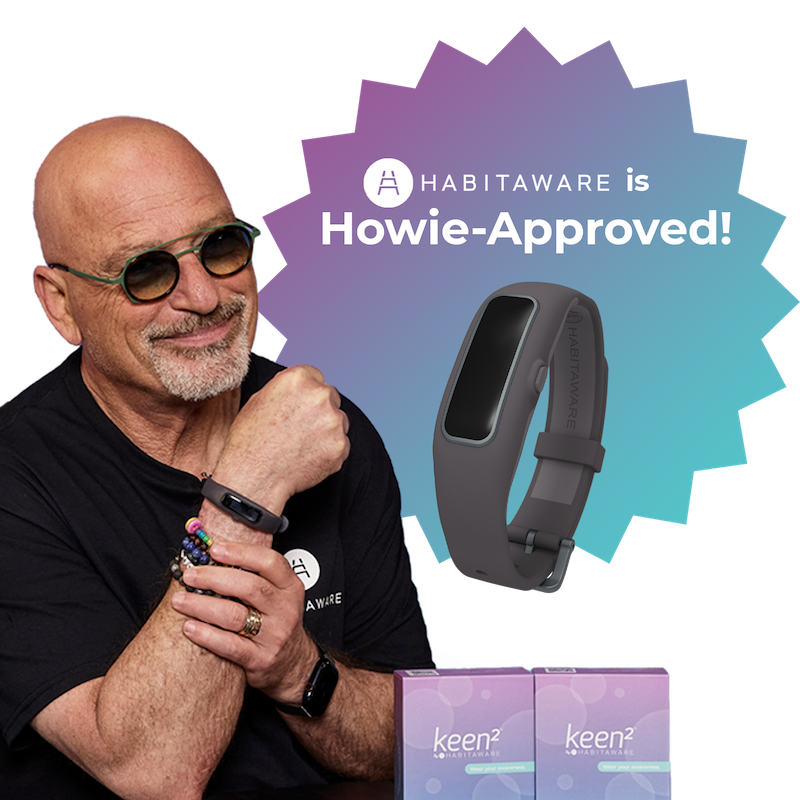If you’ve been in a Facebook group for hair pulling (Trichotillomania), skin picking (Dermatillomania), nail biting (Onychophagia), or any other BFRBs- you’ve probably seen questions similar to:
- What serum works best for hair regrowth?
- Is there a serum anyone recommends for thick eyelashes? How about eyebrows?
- What cream is best for healing scabs? Or foundation for covering them?
- Has a specific nail growth oil worked for anyone here?
These are all completely valid questions! And it doesn’t hurt to ask them, or get advice for products that people use to heal the external damage that their mental health conditions cause their hair, skin, or nails. BUT- there are two very important keywords in that previous sentence. What are those?
“MENTAL HEALTH!”
When we spend all of our time focusing on the external, we don’t have the energy to spend where it matters most: the internal work.
Think of it like a crack in a window. You can cover it with tape, but the crack will still be there! Put a heater by it, and, well, that crack might become a bigger deal.
That being said, relief that serum and creams offer to help us heal the physical damage is still very useful. If we are physically uncomfortable, it's of course harder to focus on the mental work. If you clicked this article genuinely looking for soothing serums: HabitAware does have a favorite! Carter + Jane's Pickfix (for skin picking + nail picking). Carter + Jane offers products that are created by people with BFRBs for people with BFRBs.
Now that you have an answer for helping the physical side of BFRBs.... What are the questions that we recommend exploring for internal work?
What are your BFRB triggers, and how can you be prepared for them?
Body-focused repetitive behaviors are all self-soothing behaviors. That means they serve a purpose: regulating our nervous system when it feels off balance. It’s our body’s default, and most effective way to do this, but it doesn’t come without cost: all of the unwanted consequences that BFRBs have to offer. That’s why it’s so important to understand WHY and WHEN we need to self-soothe, so that we can prepare ourselves for those moments and set ourselves up for success.
Do you completely understand that your BFRB is not your fault?
The more we learn about BFRBs, the more we see how shame perpetuates the cycle of them. That is why it’s so important to bring self-love and forgiveness into management. You might have internalized beliefs that you are alone in your behavior, or that you’re weird or unlikeable because of it, but that just simply isn’t true. You need to understand that a BFRB is a condition that won’t get better by shaming yourself, but instead improves just like any other chronic condition- through management, persistence, and finding what works best for you.
What do you lose by doing the work to manage?
Like we mentioned earlier, your BFRB is likely your most effective self-soothing tool. Some of us use it as a crutch for other stressors in our lives. That’s why it’s important to recognize feelings that, at first glance might feel confusing, but upon closer examination are perfectly understandable.
If you are scared to give up your BFRB, that makes sense. It’s what you know. It’s something that you’re dependent on to manage other aspects of your mental health. At the same time though, it might be causing you a lot of unwanted stress. The prospect of losing your biggest coping mechanism is of course intimidating. Remember that you are not your BFRB. You are perfectly capable of doing hard things (I’m sure you’ve completed many hard tasks before in your life) and you are completely capable of learning new skills. It’s never too late to begin your management journey.
Unfortunately, management isn’t linear. It ebbs and flows, just as the external stressors do in your life. This is where perseverance comes in. You might have a gut reaction that “oh, this will take so long to figure out. What’s even the point?” But remember that time will continue to pass, and doesn’t it sound better to spend the next few weeks, months, or years learning more about your mental health and how to manage it, vs. berating yourself for slip-ups?
Is “good enough,” good enough?
A sentiment a Keen Family member once shared with us is “nothing feels as good as doing my BFRB, except not doing my BFRB.” This is a beautiful way to summarize the duality that BFRB management holds. In the moment, your BFRB might be the most satisfying thing the world could offer you. BUT, a second later, you might be flooded with shame. That’s why the only thing that feels better than doing your BFRB is not doing your BFRB. Because that’s when the real work starts to happen!
No self-soothing strategy is going to be as effective as your BFRB, especially not at first. BUT they can be “good enough” to ride out the urges. Say you’re craving chocolate cake, but the only sugary thing you have in the fridge is orange juice. It might not be the same thing, but it's still something sweet, and that makes it good enough! Can you let a self-soothing strategy be “good enough”?
Another way people with BFRBs struggle with perfectionism is through an all-or-nothing mentality when it comes to their BFRB. This manifests often through counting “pull-free” (or pick/bite-free) streaks. This puts a lot of pressure on you not to "fail", and feeds a spiraling mentality. It also isn't a great measure of what is a failure, and what isn't. Can you instead give yourself permission to aim for “good enough?” You might not be 100% pick-free, but you don’t have to let a slip become a spiral. Pulling 3 hairs and then redirecting feels so, so much better than pulling 100 hairs!
Are you aware when you do your BFRB, or are you on autopilot?
You might think, “I know when I’m doing my BFRB, so awareness isn’t something that I have to work on.” Remember that the BFRB trance is a powerful force. Team HabitAware challenges you to ask: “are you really the one making the decisions when you are in a BFRB trance, or are you on autopilot?”
Think of it like a bag of chips. You think you’ve eaten five, and then suddenly you look down and there’s five chips LEFT in the bag! Awareness is slippery. That’s where the Keen2 bracelet, made for hair pulling, skin picking, and nail biting comes into play. Keen2 vibrates to let you know your hands aren’t where you want them to be, and acts as a “self-care” alarm. Every vibration lets you know that it’s time to check in with your body and see WHY it wants to self-soothe, and ask yourself how you can self-soothe in a healthier way.
You deserve to take care of yourself.
Wishing you love, strength, and awareness!
Team HabitAware
![]()
Header image provided by Towfiqu Barbhuiya



